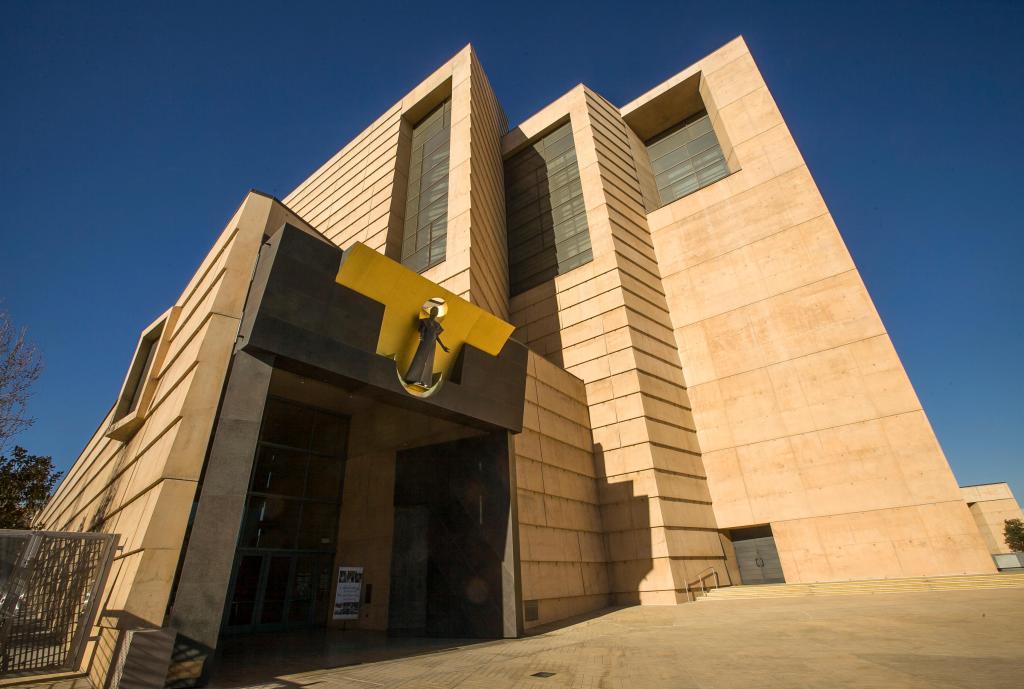
The Archdiocese of Los Angeles, the nation’s largest, has agreed to pay $880 million to 1,353 people who say they were sexually abused as children by Catholic clergy. The settlement, which experts said was the highest single payout by a diocese, brings Los Angeles’ cumulative total in sex abuse lawsuits to more than $1.5 billion.
The settlement was announced Wednesday in a joint statement by lawyers for the plaintiffs and the archdiocese.
“I am sorry for every one of these incidents, from the bottom of my heart,” Archbishop José H. Gomez said in a statement. “My hope is that this settlement will provide some measure of healing for what these men and women have suffered.”
The settlement tops the previous high for a diocese, from 2007, when LA agreed to pay $660 million in lawsuits brought by 508 people, said Terence McKiernan, the president of BishopAccountability.org, a watchdog group that has tracked clergy abuse reports for decades.
“There are a lot more dominoes in California to come down,” he said, referring to other dioceses that have not reached settlements or protected themselves by filing for bankruptcy.
The agreement represents the near conclusion to decades of litigation against the archdiocese, with only a few suits remaining. Over the years, the archdiocese has sold off real estate, liquidated investments and taken out loans to cover the staggering costs of litigation.
Gomez said in a statement that the new settlement would be paid through “reserves, investments and loans, along with other archdiocesan assets and payments that will be made by religious orders and others named in the litigation.” He said that donations designated for parishes, schools and specific mission campaigns would not be used for the settlement.
“It’s never going to be full justice when the harm is a child’s life,” said Michael Reck, a lawyer with Jeff Anderson & Associates who helped represent some of the plaintiffs. “But it’s a measure of justice and a measure of accountability that gives these survivors some sense of closure at least.”
Some of the sexual abuse claims date back decades but were never brought forward because the period set by the statute of limitations had passed. A California law passed in 2019 opened a three-year window for the revival of those claims.
This article originally appeared in The New York Times.
Originally Published:

















































